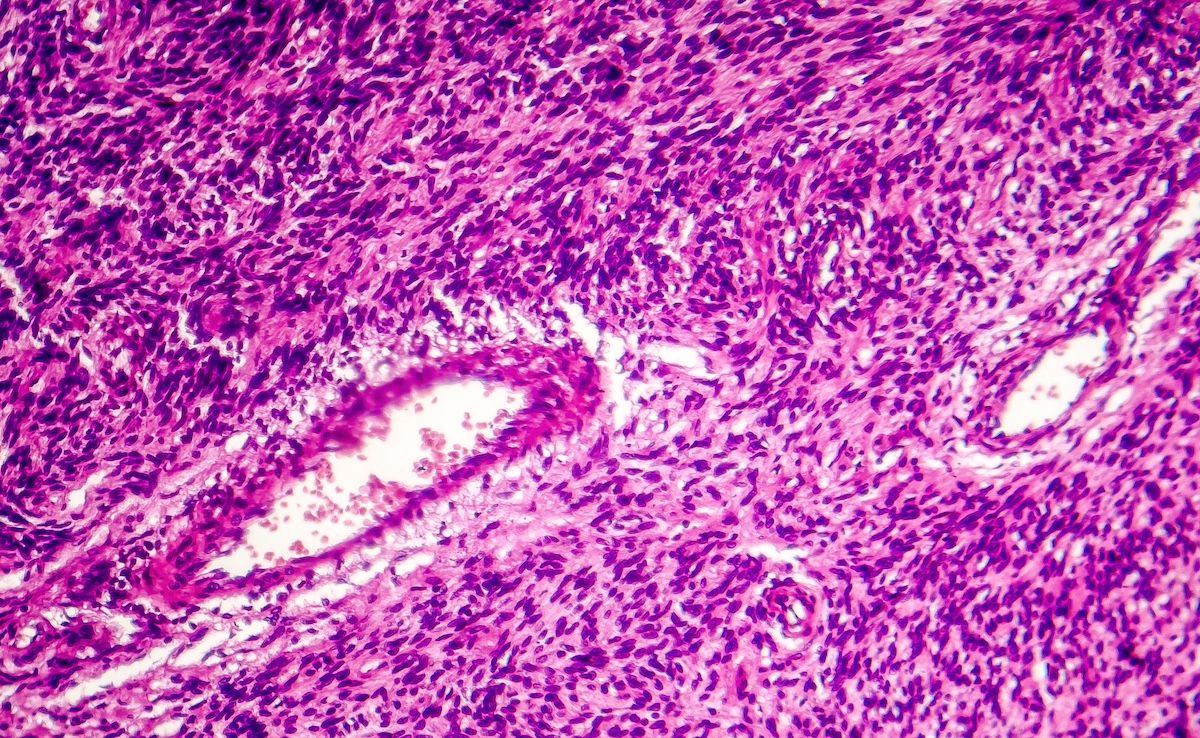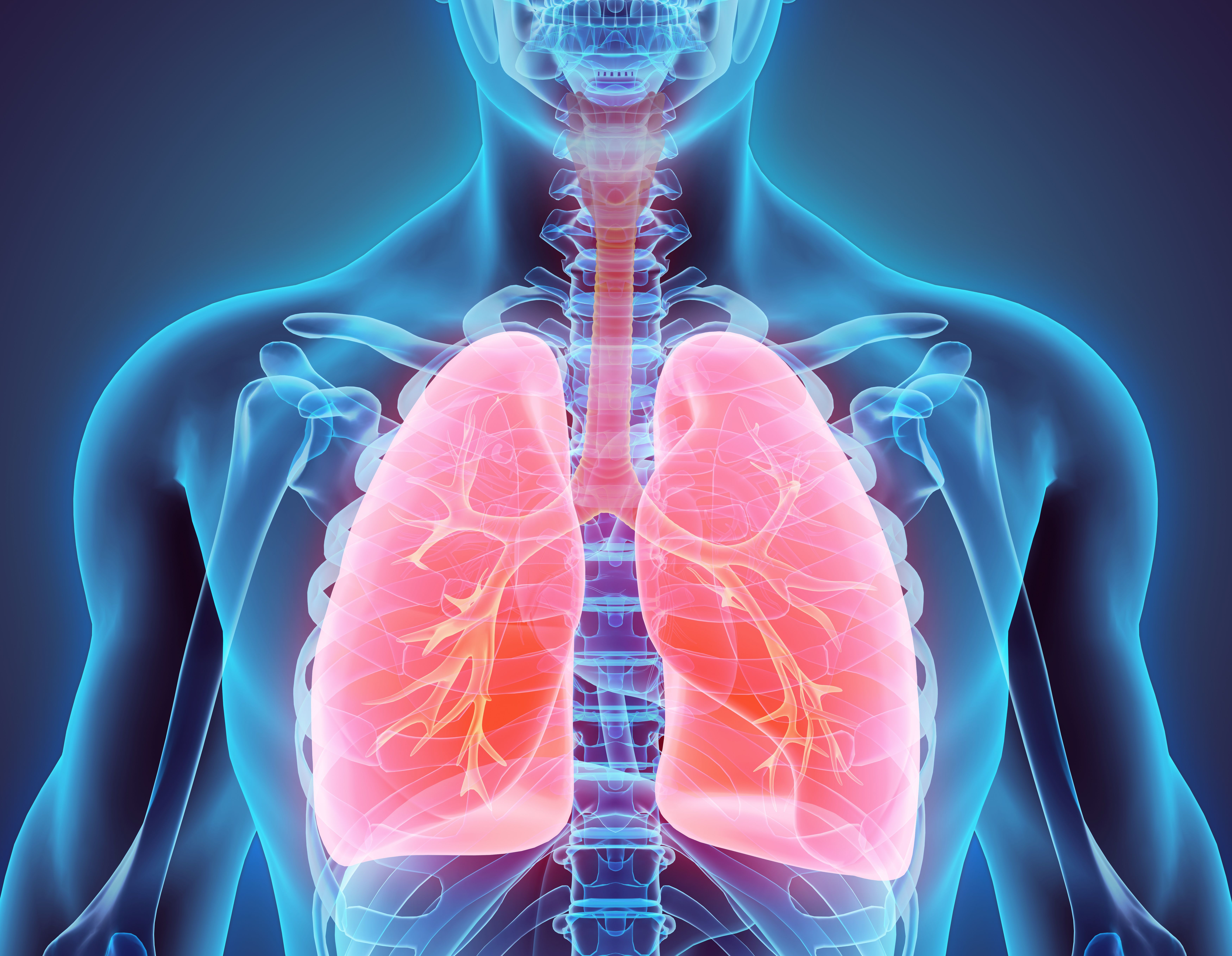News
Article
Study: Decreased BMI Increases Severe Exacerbation, All-Cause Mortality Risk in Patients With COPD
Author(s):
Decreased body mass index (BMI) in patients with chronic obstructive pulmonary disease (COPD) was linked to a higher risk of severe exacerbations and all-cause mortality, emphasizing the importance of monitoring BMI for managing COPD and predicting outcomes.
A decrease in body mass index (BMI) was associated with an increased risk of severe exacerbation and all-cause mortality in patients with chronic obstructive pulmonary disease (COPD), according to a study published in Respiratory Research.
Physical features, especially BMI, vary widely in patients with COPD, the researchers explained. They noted that low BMI in patients with COPD is generally associated with poor outcomes, like increased mortality, exacerbation, and lung function decline. Despite this, data regarding health and obesity in patients with COPD are conflicting as some studies reported that being overweight or obese protects against exacerbation and mortality, while others have shown a mortality increase in patients with obesity and COPD.
However, these past studies did not consider BMI changes. Because of this, the researchers conducted a study to evaluate the relationship between BMI changes and clinical outcomes in patients with COPD.
BMI | Image Credit: udra11 - stock.adobe.com

The study used data from the Korean National Health Insurance System (K-NHIS) database, which included all patients 40 years or older with COPD in Korea between January 1, 2014, and December 31, 2019. K-NHIS includes data from the national health screening examination, a standardized health screening program provided to all insured patients every 2 years; data collected during the examination includes a self-administered questionnaire on lifestyle habits, medical history, anthropometric measurements, and laboratory tests.
During each health examination, height and weight were measured. BMI was calculated as weight in kilograms divided by height in meters squared, and it was classified according to Asian-specific criteria (underweight, BMI < 18.5 kg/m2; normal weight, BMI 18.5-22.9 kg/m2; overweight, BMI 23-24.9 kg/m2; obese, BMI ≥ 25 kg/m2).
Of the patients with COPD, the researchers analyzed those who had health examination data within 2 years before (Exam 1) and within 3 years after (Exam 2) the date of COPD diagnosis; this is because they calculated BMI change using the difference in BMI from the last examination within 2 years before COPD diagnosis (Exam 1) to the last examination within 3 years after COPD diagnosis (Exam 2). Based on BMI change, they classified patients into 3 categories: decrease in BMI over 5%, increase in BMI over 5%, and no change (not more than 5%).
Consequently, the final sample size was 116,463 patients with COPD. The study population had a median age of 67 years, and 66% of the population was male. After COPD diagnosis, 80,689 patients (69.2%) maintained their BMI, 21,046 (18.2%) experienced a BMI increase of over 5%, and 14,728 (12.6%) experienced a BMI decrease of over 5%. More specifically, 31.5% of patients who were underweight had a BMI increase of over 5%, and 14.1% of patients with obesity had a BMI decrease of less than 5%.
During a median follow-up of 3.9 years (IQR, 2.5-5.1) from the index date, 8412 participants died. Compared with the maintenance group, the adjusted hazard ratio (aHR) for all-cause mortality was 1.70 in the BMI decrease group (95% CI, 1.61-1.79) and 1.13 in the BMI increase group (95% CI, 1.07-1.20).
Additionally, when BMI decreased, the researchers found that mortality increased regardless of BMI before COPD diagnosis, with rates per 100 person-years of 8.1, 4.6, 3.2, and 2.2 for patients who were underweight, normal weight, overweight, and obese before COPD diagnosis, respectively. Conversely, when BMI increased, the mortality rates per 100 person-years were 3.7, 2.1, 1.3, and 1.3 for patients who were underweight, normal weight, overweight, and obese before COPD diagnosis, respectively.
Lastly, of the study population, 16,565 patients experienced severe exacerbations. The incidence of severe exacerbation per 100-person years was 4.1 in the maintenance group, 6.0 in the decrease group, and 4.8 in the increase group (P < .01). The researchers found the aHRs for severe exacerbation risk when comparing patients with over 5% BMI decrease vs the maintenance group and those with over 5% BMI increase vs the maintenance group were 1.30 (95% CI, 1.24-1.35) and 1.12 (95% CI, 1.07-1.16), respectively.
The researchers acknowledged their study’s limitations, one being that COPD definition was based on claims data and diagnostic codes since lung function data are not available in the KNHIS database; this could lead to misclassification bias. Despite any limitations, the researchers used their findings to make treatment conclusions.
“Our results highlight that monitoring BMI is important for the non-pharmacological management of COPD and the prediction of outcomes, especially in COPD patients with a low BMI.”
Reference
Kim T, Shin SH, Kim H, et al. Longitudinal BMI change and outcomes in chronic obstructive pulmonary disease: a nationwide population-based cohort study. Respir Res. 2024;25(1):150. doi:10.1186/s12931-024-02788-0





